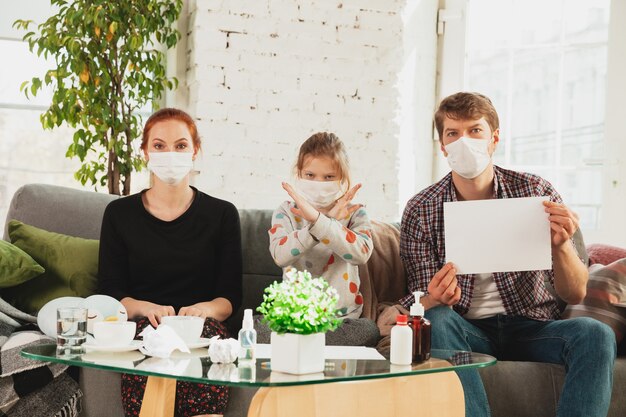
In December 2019, the world was hit by a new pandemic caused by the recently discovered coronavirus, SARS-CoV-2, which leads to the illness known as COVID-19. This virus can easily survive on different surfaces and infect anyone who comes into contact with it. Understanding how long the coronavirus lasts on surfaces is crucial for preventing its spread.
SARS-CoV-2 primarily transmits through respiratory droplets from an infected person. When someone coughs or sneezes without a mask in close proximity to others, the risk of spreading the virus is very high. The virus can live on surfaces for varying amounts of time, and if you touch a contaminated surface and then touch your face, you can become infected.
Common symptoms of COVID-19 include fever, dry cough, and fatigue. Less common symptoms are headache, body aches, sore throat, nasal congestion, diarrhea, conjunctivitis, rashes, and loss of taste or smell. For most people, symptoms are mild and develop gradually, though some may experience severe illness, particularly those with weakened immune systems, older adults, and individuals with underlying health conditions like high blood pressure, diabetes, heart or lung disease, and cancer.
For many, recovery from COVID-19 happens at home without needing hospital care. However, about 20% of infected individuals become seriously ill, facing breathing difficulties and chest pain. While anyone can catch the virus, prevention is key since there is no specific treatment for COVID-19 yet.
The coronavirus can survive on various surfaces for different durations. Here’s a breakdown:
– **Plastics**: 2-3 days on items like milk containers, water bottles, detergent bottles, backpacks, bus seats, elevator buttons, light switches, keyboards, remote controls, toys, and ATM buttons.
– **Metal**: 5 days on doorknobs, silverware, jewelry, and keys.
– **Stainless Steel**: 2-3 days on sinks, refrigerators, pots, pans, and stainless steel water bottles.
– **Copper**: 4 hours on cookware, pennies, and teakettles.
– **Aluminum**: 2-8 hours on soda cans, water bottles, and tinfoil.
– **Wood**: Up to 4 days on decking and furniture.
– **Cardboard**: Up to 24 hours on shipping boxes.
– **Glass**: Up to 5 days on windows, mirrors, measuring cups, and drinking glasses.
– **Paper**: Varies from a few minutes to 5 days on items like newspapers, mail, and books.
– **Ceramics**: Up to 5 days on pottery, dishes, and mugs.
While there is no evidence that food or food packaging transmits SARS-CoV-2, it’s still advisable to follow food safety practices. The virus hasn’t been found in drinking water, and local water treatment plants are designed to filter and disinfect it if necessary.
The virus’s longevity on skin and hair hasn’t been specifically researched, but frequent hand washing is essential since hands often touch contaminated surfaces. Testing on medical personnel’s shoe soles showed contamination, though it’s unclear if the virus could cause infections from shoes.
Fabrics may not harbor the virus as long as hard surfaces, but it’s still wise to clean clothes regularly, particularly after visiting hospitals or high-risk areas.
Environmental factors like temperature and humidity affect the virus’s stability. Higher temperatures and humidity can reduce its survival time.
To reduce the risk of infection from surfaces, regularly clean and disinfect common objects and surfaces in your home and workplace. Use cleaning sprays and wipes, and for particularly dirty areas, start with soap and water before disinfecting. Homemade bleach solutions can also be effective. Don’t mix bleach with other cleaners and let the solution sit for at least a minute on surfaces before wiping.
Even if no one in your household shows symptoms, maintain these cleaning practices, as asymptomatic individuals can still shed the virus. Everyone should wash their hands frequently, especially after coming in from outside, like from stores or hospitals.
Handle food, mail, and packages with care, sanitizing your hands and the items before use. Wash clothes after outings, especially from high-risk areas, and clean fabrics according to manufacturers’ instructions.
When caring for a sick person, wear disposable gloves when handling their belongings and wash your hands afterward. For delivered items, minimize contact with delivery personnel and disinfect packages before bringing them inside.
Regularly disinfect shoes or leave them outside to prevent bringing the virus indoors.
By following these guidelines and measures, you can significantly reduce your risk of contracting or spreading the coronavirus.
Although limited studies have been conducted on how long the coronavirus lasts on surfaces, following preventive measures is necessary to ensure safety, especially since there is no vaccine available yet. Prioritize health and safety by disinfecting commonly touched surfaces and practicing good hygiene.